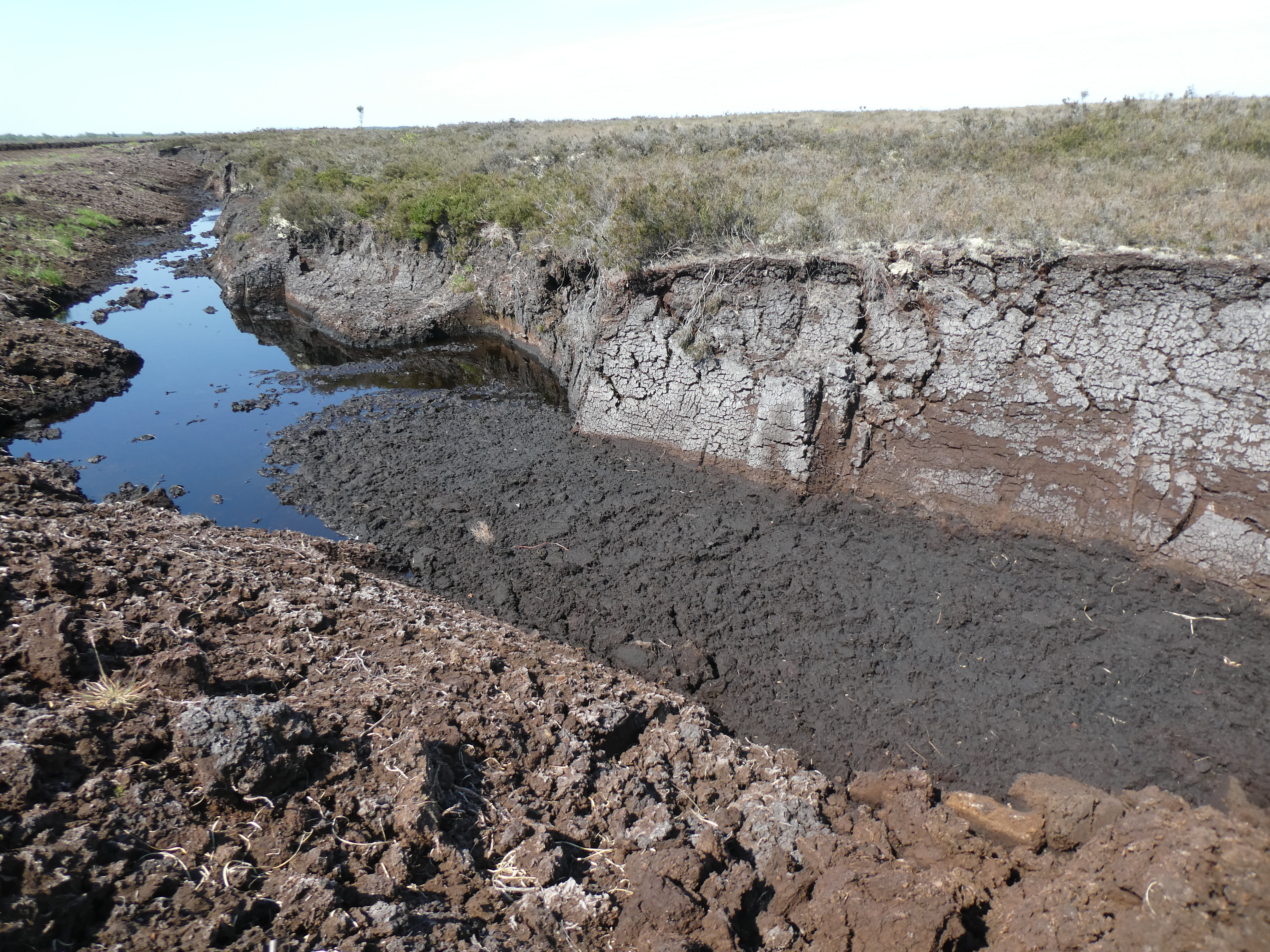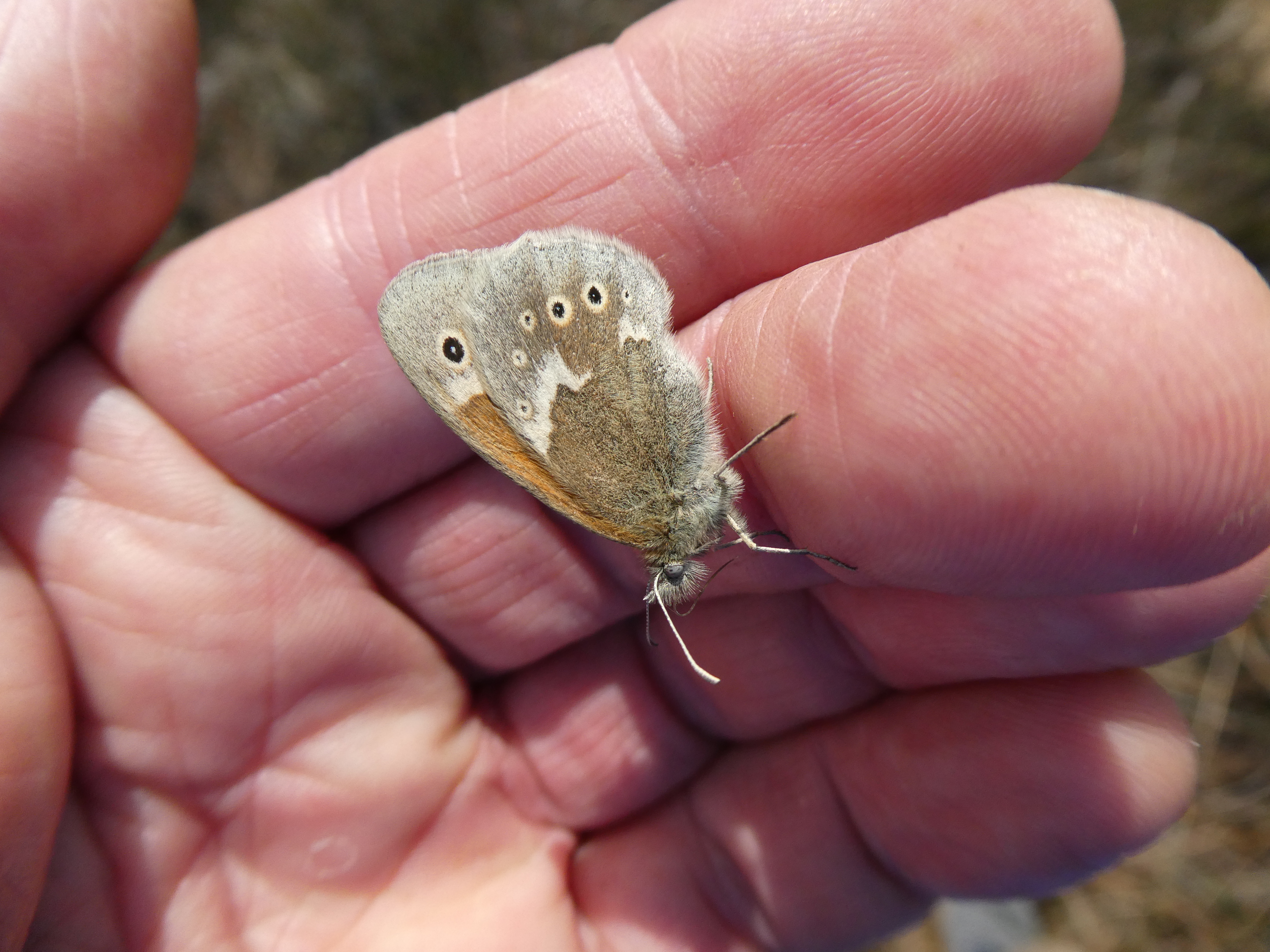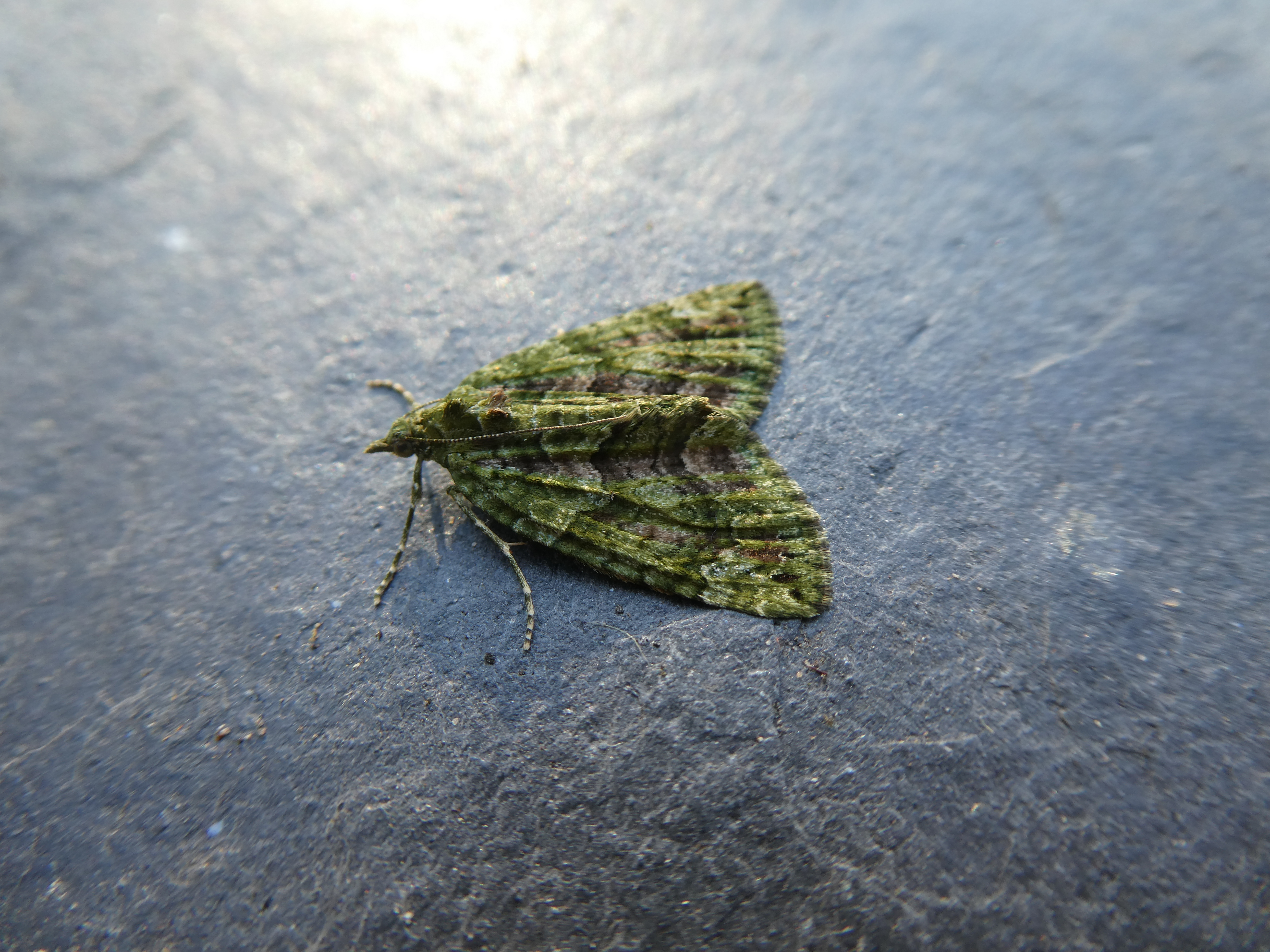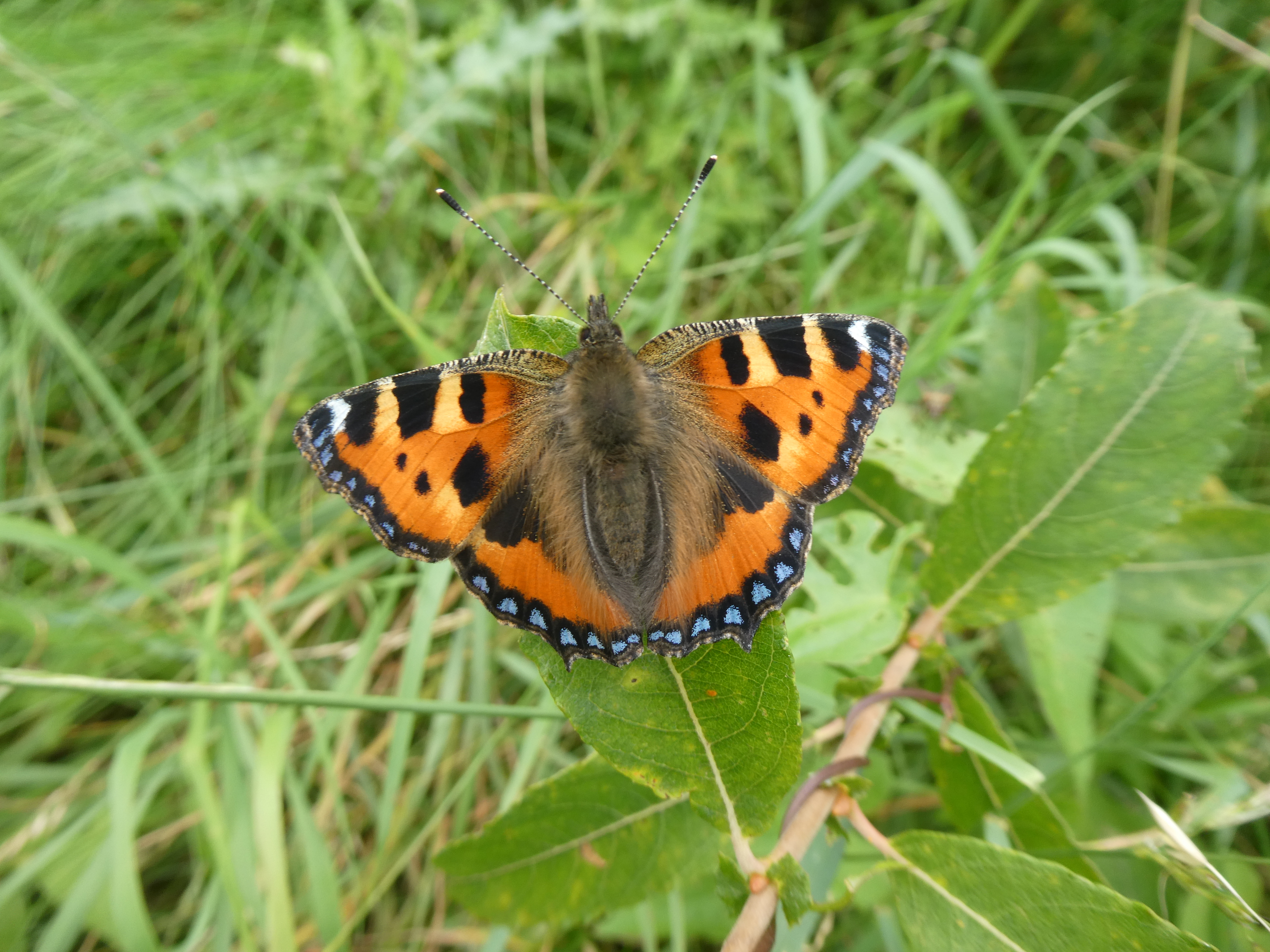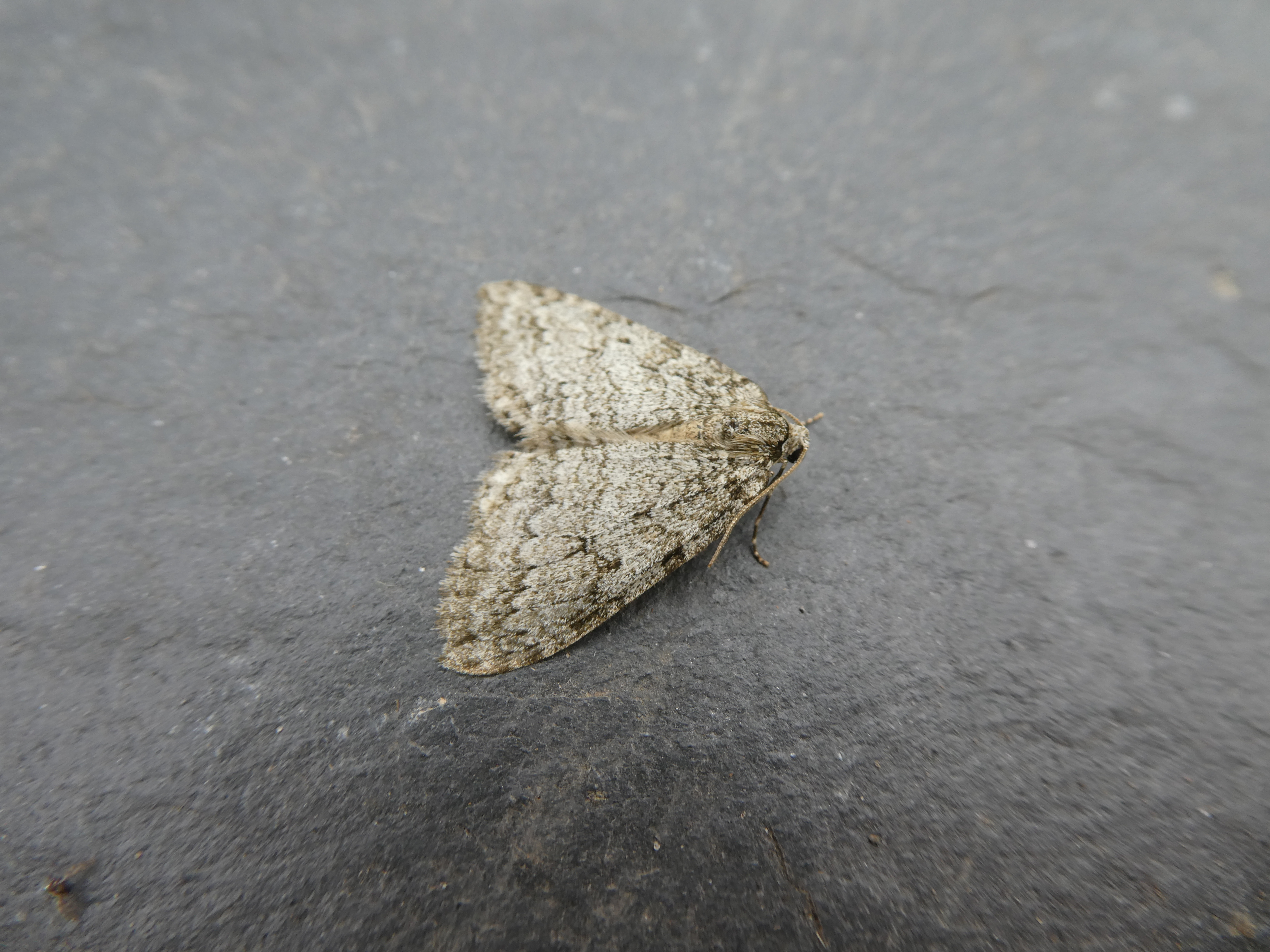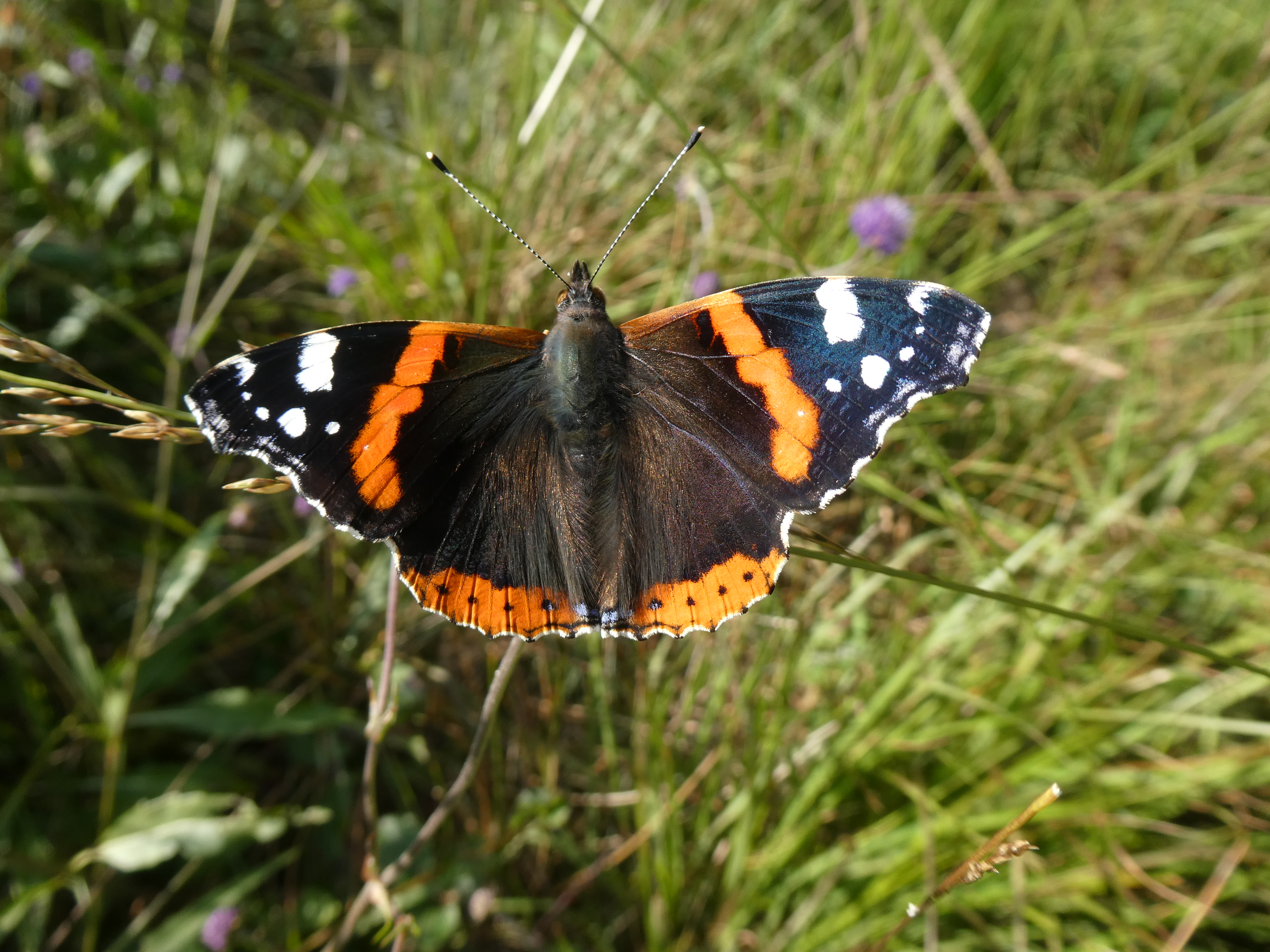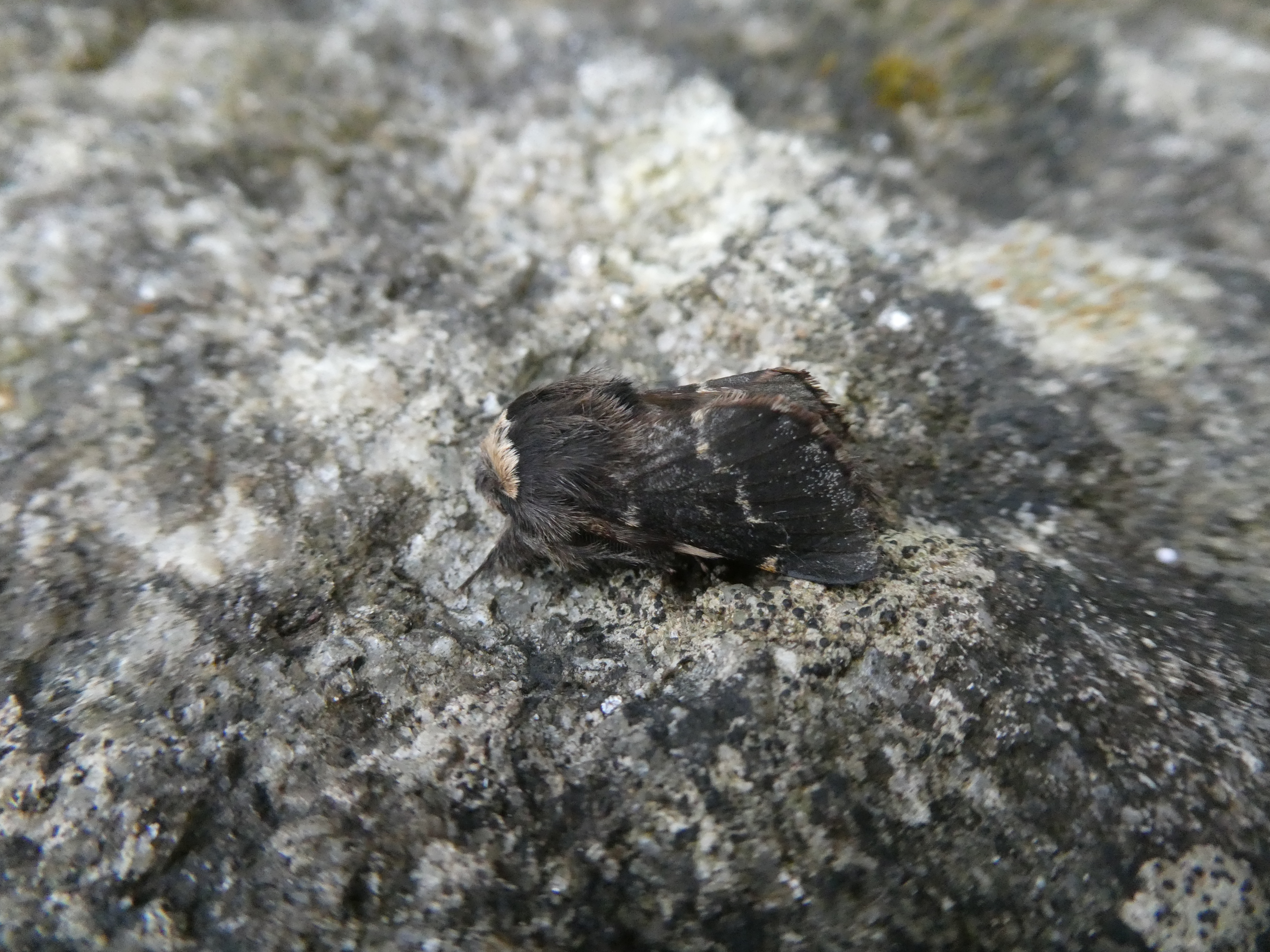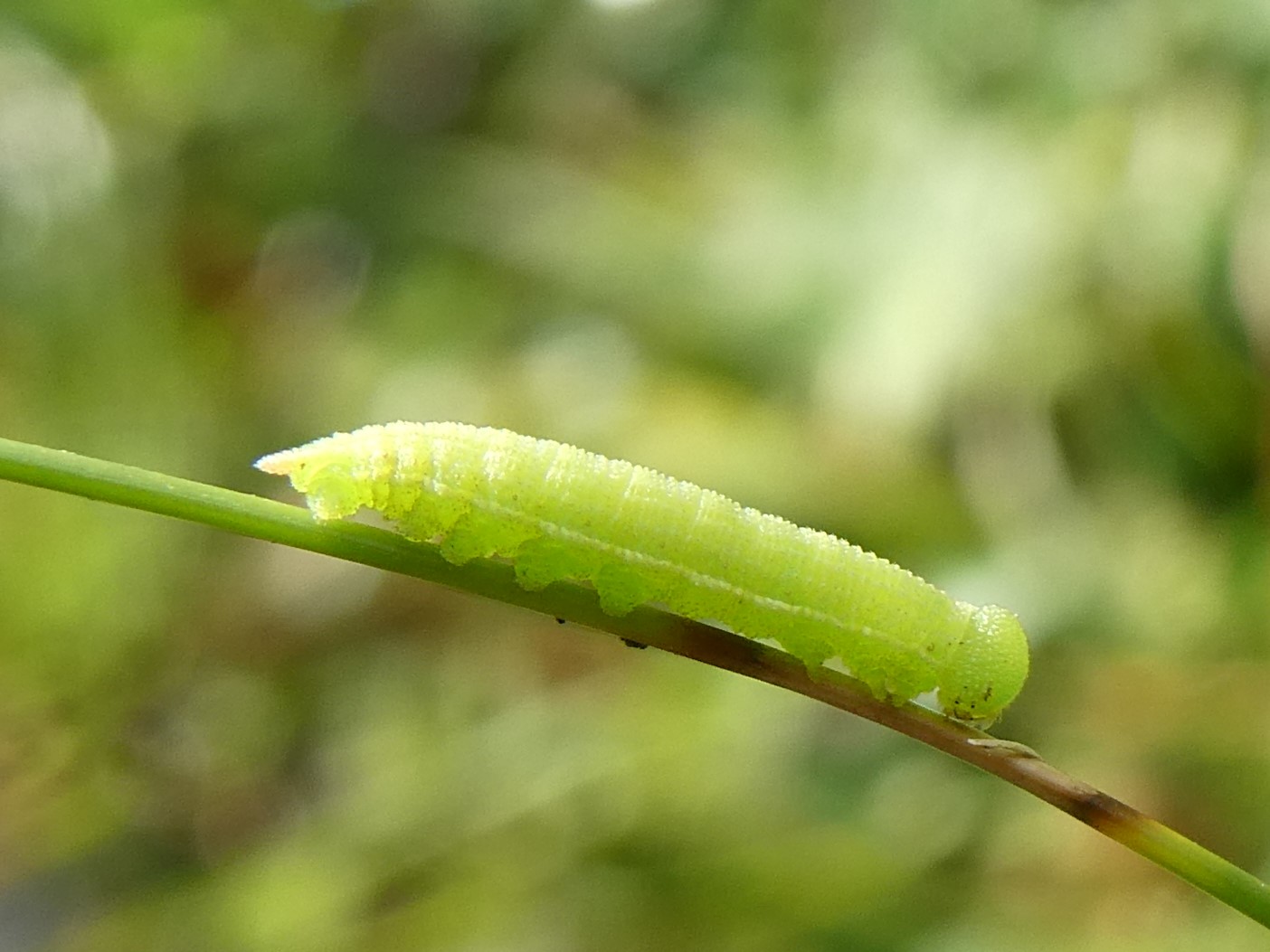It is late November 2020 as we near the end of the second decade of the second millennium. It is time to ‘take stock.’ How are our precious habitats and wildlife populations coping with our behaviour?
Let’s see what Ireland’s Environmental Protection Agency (EPA) has to report on the state of Ireland’s precious habitats.
Listening to the EPA Director General Laura Burke on RTE Radio 1’s Morning Ireland on Wednesday 25th November, we are performing poorly.
Some headline statistics underscore the deterioration in the quality of our surroundings. We have 20 pristine rivers today compared with over 500 in the 1980s. Raw sewage is being discharged to water from 35 towns and villages. 90% of Ireland’s energy is still being generated from fossil fuels; air quality in some urban areas does not meet World Health Organization standards. 85% of Ireland’s EU-listed habitats are in an unfavourable condition.
These habitats are legally protected, but this is rarely enforced. Just look at Mouds Bog, County Kildare (among many other ‘protected’ bogs), being ravaged by illegal drainage and peat cutting while the body charged with protecting these habitats, the National Parks and Wildlife Service (NPWS), stands idly by, watching it all happen. And doing absolutely nothing to stop this, other than producing bland letters describing various (meaningless) policy initiatives to protect rapidly vanishing peatlands.
Dealing with habitat protection is not a resource issue for the NPWS, it is a problem of identity, leadership and culture. As for identity, the NPWS is not an agency or even a single body – lately, it sits within the heritage division of the Department of Housing, Local Government and Heritage, alongside the National Monuments Service and Built Heritage, Architectural Policy and Strategic Infrastructure. As for leadership, there is no head of the NPWS as such; responsibility ultimately lies with the minister of the day. The culture within the organisation means that it is ill-suited to its task. I once made 11 phone calls to a range of phone numbers to report suspected damage to a protected site before I received an answer to the call. When the appropriate person made contact, several days later, I was told that their phone was out of range. This I knew to be untrue, and I made this known. An embarrassed silence followed.
The officer did make a site visit and all was well, thankfully, but the issue was not processed in a timely manner. Non-governmental organisations like Butterfly Conservation Ireland should not need to insist that our environmental laws are upheld. The NPWS exists to fulfil this function, among others.
Sticking with the NPWS function to defend habitats that have legal protection, there are some excellent NPWS staff absolutely committed to their roles. These men and women do excellent work, using their powers to protect our environment. They get little or no encouragement from within the organisation, and some may feel isolated and vulnerable. The sense is that there is little chance of promotion for zealous conservation officers. This conveys a dysfunctional culture and leadership failure-in such cases, one is relying on people of honour to do their jobs properly. Luckily, NPWS has such caring, brave staff.
For the sake of the tawdry remnants of our bogs, let us hope that NPWS continues to have their service. But more of these dedicated people, and overall reform and serious will, is needed.
Ireland has a reputation for having a clean environment. The new EPA report shows that this is undeserved. The state signs up to various environmental commitments and then largely ignores delivering on them. Thus, the state agreed to the European Union Habitats’ Directive as a European Union member state and designated Special Areas of Conservation and Special Protection Areas. Some features (known as qualifying interests) used to identify Special Areas of Conservation, such as the presence of particular species, now no longer exist on a number of the designated sites, due to site deterioration arising from illegal damage and or bad management.
Such deterioration may lead to call for the site to be delisted as a protected site-it is hard to see how some raised bogs can remain on the protected list after the damage done to them. A cynic might say that this is how the state hopes to evade its responsibilities to protect these delicate sites.
If that is the plan, it is working.
